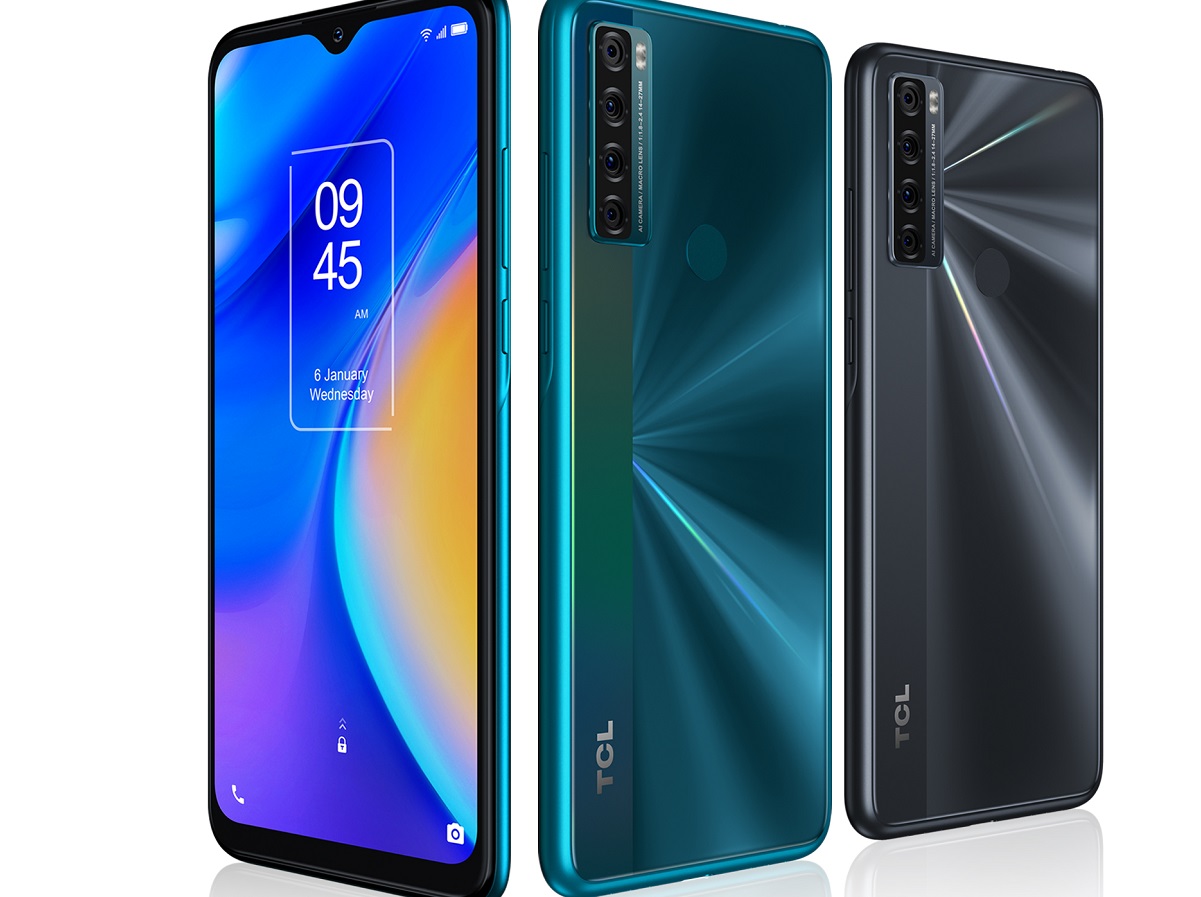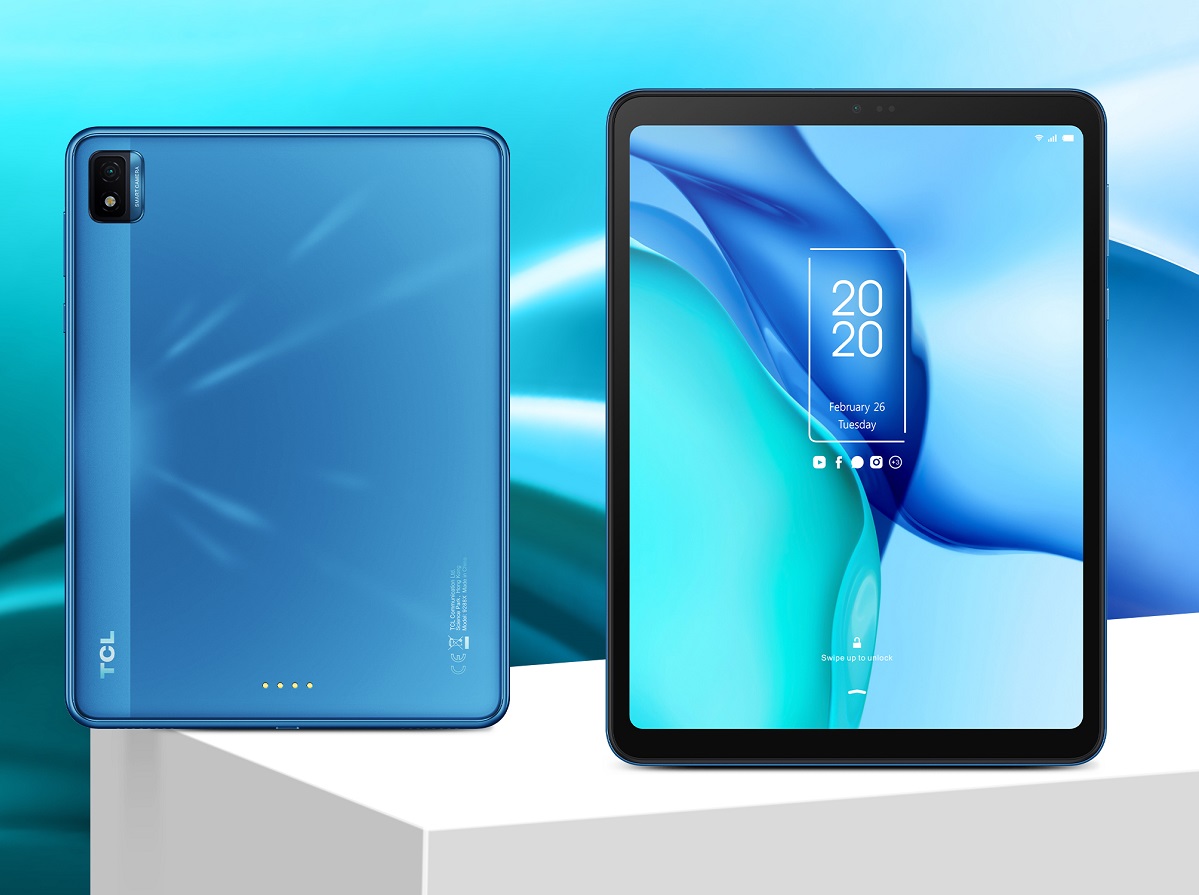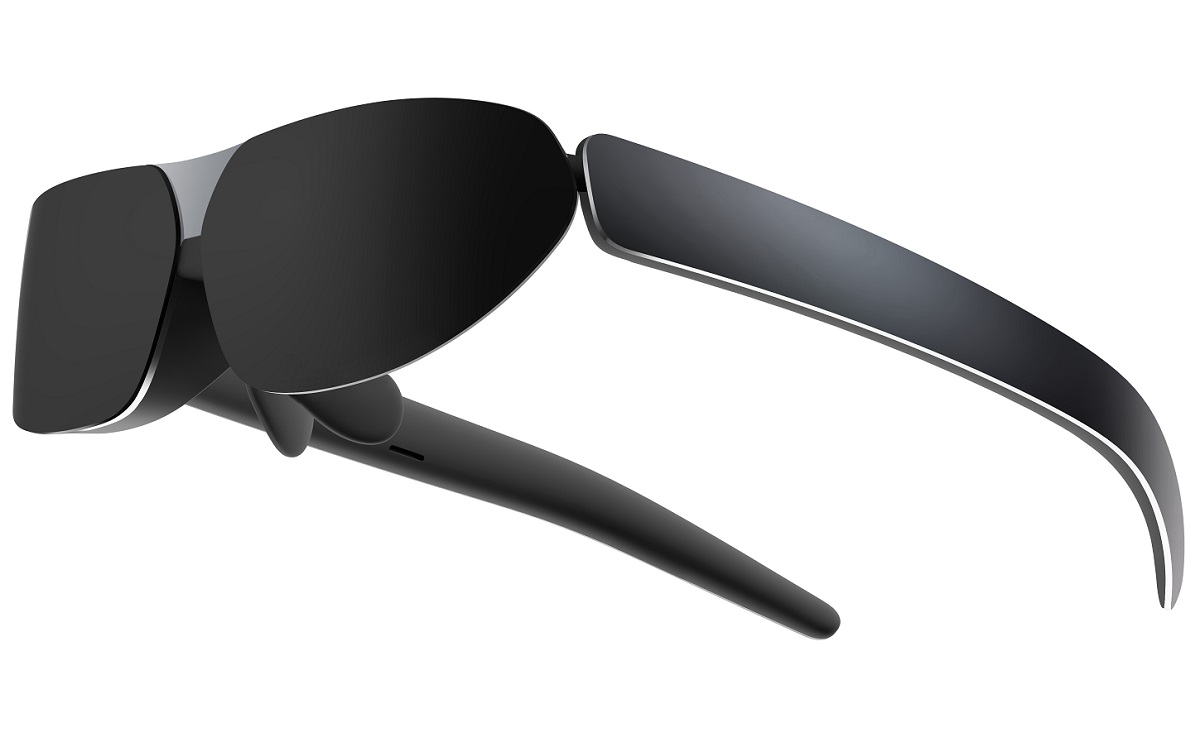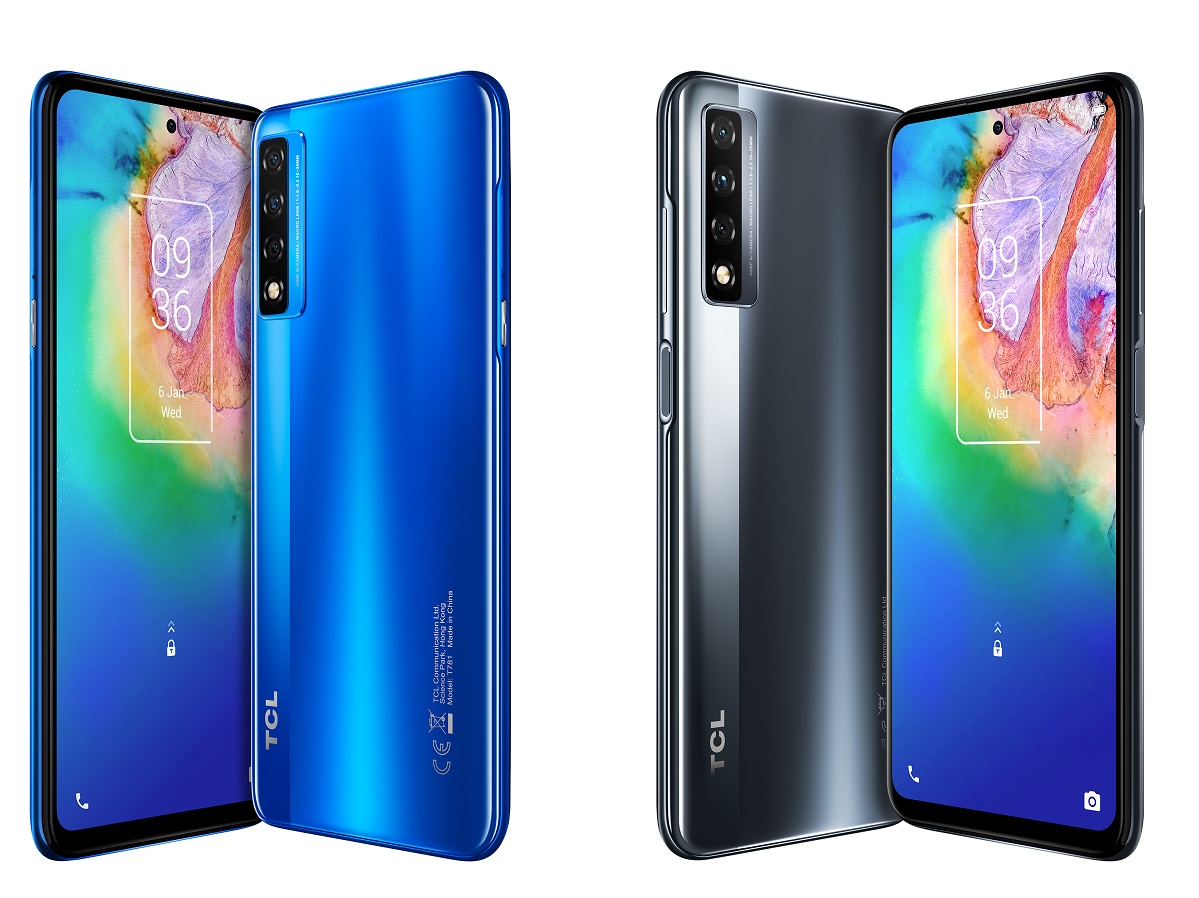During its virtual press conference at CES 2021, TCL unveiled its new 20 Series smartphones, NXTPAPER tablet and wearable display.
The TCL 20 5G (pictured above) and 20 SE smartphones deliver affordable 5G connectivity while featuring the latest TCL-made displays and next generation of NXTVISION, TCL’s proprietary advanced display optimisation and camera technology. NXTVISION 2.0 builds on the first iteration with improved SDR to HDR conversion, enhanced colour calibration and additional eye safety features.
Select devices in the 20 Series will include a next-generation dedicated display engine combined with AI software to enable adaptive display features, fewer false touches, and TCL’s new AI visual enhancement technology that intelligently detects the environment to automatically enhance brightness, colour accuracy, clarity and contrast.
Featuring a large 6.67-inch FHD+ Dotch display, the TCL 20 5G is equipped with NXTVISION technology and supports HDR10 video playback for streaming Netflix content. 5G capabilities are powered by an 8nm octa-core Snapdragon 690 5G chipset with Smart 5G technology to automatically switch between 4G and 5G bands based on data usage to help lengthen battery life from the built-in 4500mAh battery.
An AI-powered triple camera setup enhances auto-focus and video image stabilisation, along with low-light, high-resolution shots. The 48-megapixel main rear camera takes detailed images and utilises PDAF auto-focus for crisp pictures. The TCL 20 5G will be available in Mist Gray and Placid Blue at the end of Q1.

The TCL 20 SE sports a 6.82-inch V notch display with 90% screen-to-body ratio, along with a 20.5:9 screen ratio. The Smart Floating Window feature allows users to browse the web or reply to messages while watching videos. The smartphone’s dual speaker design improves the audio experience and is compatible with Hi-Res Audio certification. Powered by a Qualcomm octa-core chipset and 5,000mAh battery, the TCL 20 SE also has On-The-Go reverse charging capability.
The quad rear camera comes with AI-powered colour portrait and sky enhancement features, designed to automatically detect the intended subjects and adjust the background. The new AI Object Eraser can clear out people or objects in the background. The TCL 20 SE will be available in Nuit Black and Aurora Green at the end of Q1.
TCL NXTPAPER tablet – the first of its kind
With an 8-inch FHD NXTPAPER screen, TCL has released the first commercially available tablet to use the company’s proprietary NXTPAPER display technology, offering a paper-like visual experience with no flicker or harmful blue light.
Its highly reflective IPS screen utilises TCL technology to reuse natural light for vivid, full-colour reproduction with no blue light or flicker. TCL claims that its NXTPAPER display technology provides 25% higher contrast than most e-ink tablets and is more than 65% more power efficient than standard LCD screens, providing better battery life, improved efficiency and smoother video playback.

Powered by an octa-core processor, the TCL NXTPAPER tablet features a 5500mAh battery for over a full day of use, 5-megapixel front facing camera and 8-megapixel rear facing camera for remote classroom learning, video teleconferences and more. The Kids Learning option provides a child-friendly user interface and parental controls.
The tablet works with Google Assistant, offers Wi-Fi and 4G connectivity and has received TUV Rheinland safety certification to ensure child’s eyes are protected from harmful light. It will be available in Q2 2021.
TCL Wearable Display
The TCL Wearable Display is a pair of glasses with dual 1080p Full HD micro-OLED displays built in. Users can enjoy a 140-degree view from four meters away and with a density of 49 pixels-per-degree (PPD), visuals are sharp and vivid.
It is capable of connecting to smartphones, tablets, laptops and 2-in-1 PCs from most manufacturers whose devices have a display port over USB-C that can support 1080p resolution. Once connected, users can watch movies, play games at home, or on-the-go. The TCL Wearable Display is likely to become available in the second half of 2021.


